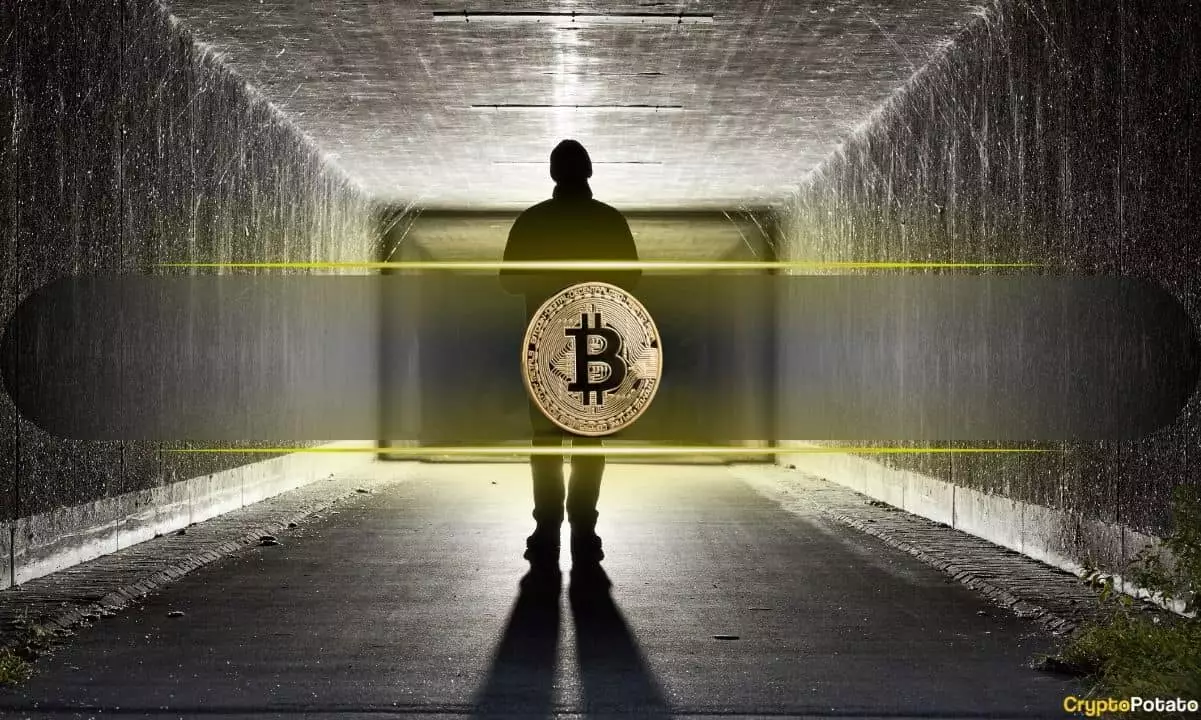The identity of Bitcoin’s enigmatic creator, Satoshi Nakamoto, has captured the public’s imagination since the cryptocurrency’s inception. As interest in cryptocurrency has flourished, so too has the curiosity surrounding Nakamoto, who effectively vanished from the digital landscape. Recent revelations from Coinbase Director Conor Grogan suggest that Satoshi’s last on-chain activity may have occurred nearly a decade ago, dramatically shifting our understanding of the early transactions associated with Bitcoin. Grogan’s detailed analysis raises important questions not only about Nakamoto’s identity but also about the broader implications for the cryptocurrency ecosystem.
Grogan’s research hinges on previously undocumented transactions that tie back to Bitcoin’s early days, specifically suggesting that Satoshi utilized the now-defunct Canadian exchange, Cavirtex. The potential ramifications of this claim are significant. As cryptocurrency exchanges increasingly adopt Know Your Customer (KYC) protocols, records could exist that may illuminate Satoshi’s true identity. The fact that Cavirtex was acquired by Kraken adds another layer of complexity. If Kraken has retained KYC data from its predecessor, the exchange might hold vital clues regarding Nakamoto’s identity, although the ethical and privacy implications of such a revelation are daunting.
The Patoshi Mining Pattern
The groundwork for Grogan’s assertions lies in the “Patoshi mining pattern.” This pattern comprises a subset of Bitcoin addresses thought to be closely associated with Nakamoto. Recent work by Arkham Intelligence has cataloged these addresses, revealing that they hold roughly 1.096 million BTC—worth about $108 billion. Such a staggering amount would place Satoshi among the wealthiest individuals globally, outstripping even prominent figures like Bill Gates. However, the sheer scale of Nakamoto’s holdings also gives rise to critical questions: What is their intended use, and will they ever be moved?
This analysis has identified only 24 outbound transactions from these addresses, with the address 1PYYj receiving the most significant share. Notably, 1PYYj reportedly received Bitcoin from Cavirtex, suggesting that this wallet may represent a vital link between Satoshi Nakamoto and the exchanges that have shaped Bitcoin’s early landscape. This transaction marks a seminal moment in Bitcoin’s history, as it is one of the first documented interactions between a Satoshi-linked wallet and a centralized exchange.
The Lure of Anonymity and Satoshi’s Legacy
The debates surrounding Satoshi’s anonymity are further complicated by intriguing patterns observed in the transactional history linked to the aforementioned addresses. For instance, they sent a total of 200 BTC to a Bitcoin faucet, an early platform where users could receive Bitcoin after completing simple challenges like CAPTCHAs. This historical context enhances our understanding of how Bitcoin was distributed and how early adopters engaged with the technology.
In a recent advisory to Jesse Powell, a former executive at Kraken, Grogan suggested the removal of KYC data related to these transactions, asserting that it is vital for preserving Nakamoto’s anonymity. This recommendation underscores the delicate balance between transparency and secrecy that defines the cryptocurrency landscape.
Speculations surrounding the true identity of Nakamoto have ranged from notable cryptographers to various industry legends. Len Sassaman, a prominent figure in the cypherpunk movement, is often discussed as a potential candidate. He was deeply involved in cryptographic advancements, and his connections to influential personalities like Hal Finney and Philip Zimmermann further enliven these discussions. However, despite the fervent speculation, direct evidence linking Sassaman to Nakamoto remains nonexistent. His untimely death in 2011 continues to fuel theories, particularly in light of Nakamoto’s last known communication regarding his exit from the Bitcoin scene.
Grogan’s research has provided fresh insights that have the potential to alter our understanding of Bitcoin’s origin story and the elusive figure behind its creation. As new information surfaces, it only intensifies the fascination surrounding Satoshi Nakamoto. The intersection of anonymity, wealth, and cutting-edge technology presents a compelling narrative that continues to thrive in both academic circles and the public sphere. While we may never definitively uncover Nakamoto’s identity, the evolving conversations surrounding this enigma will surely persist, fueling discussions about the intersections of finance, privacy, and personal legacy in the digital age.
















Leave a Reply